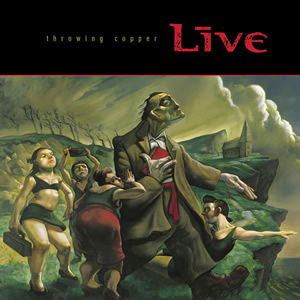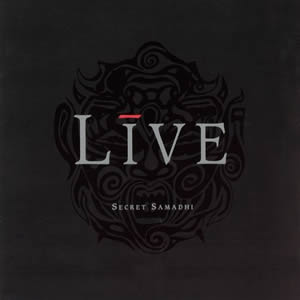Throwing Copper by Live
Buy Throwing Copper Throwing Copper is the second and most popular album by the Pennsylvania rock band Live. A signature album for the genre which would later be termed, “post grunge”, the album […]

Buy Throwing Copper Throwing Copper is the second and most popular album by the Pennsylvania rock band Live. A signature album for the genre which would later be termed, “post grunge”, the album […]

Buy Secret Samadhi The third overall album by the rock quartet Live, the 1997 release Secret Samadhi debuted on the top of the American charts immediately after its release. The album is named […]